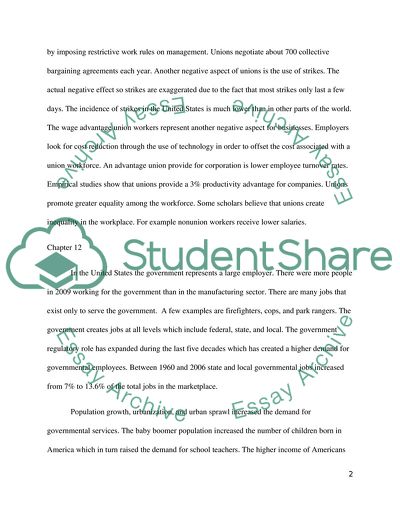Cite this document
(The Union-Nonunion Income Differential Assignment Example | Topics and Well Written Essays - 1500 words, n.d.)
The Union-Nonunion Income Differential Assignment Example | Topics and Well Written Essays - 1500 words. https://studentshare.org/macro-microeconomics/1745120-labor-444w
The Union-Nonunion Income Differential Assignment Example | Topics and Well Written Essays - 1500 words. https://studentshare.org/macro-microeconomics/1745120-labor-444w
(The Union-Nonunion Income Differential Assignment Example | Topics and Well Written Essays - 1500 Words)
The Union-Nonunion Income Differential Assignment Example | Topics and Well Written Essays - 1500 Words. https://studentshare.org/macro-microeconomics/1745120-labor-444w.
The Union-Nonunion Income Differential Assignment Example | Topics and Well Written Essays - 1500 Words. https://studentshare.org/macro-microeconomics/1745120-labor-444w.
“The Union-Nonunion Income Differential Assignment Example | Topics and Well Written Essays - 1500 Words”. https://studentshare.org/macro-microeconomics/1745120-labor-444w.


